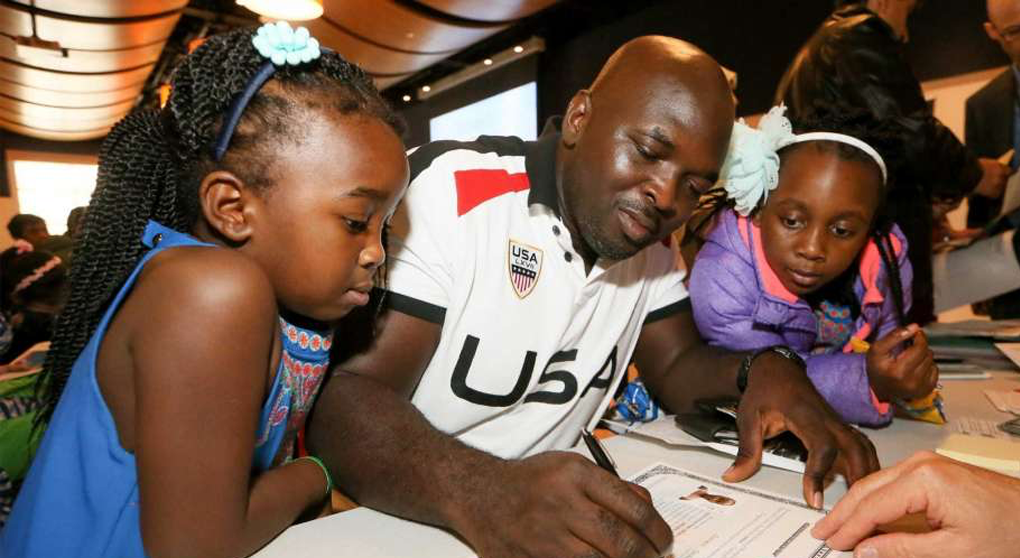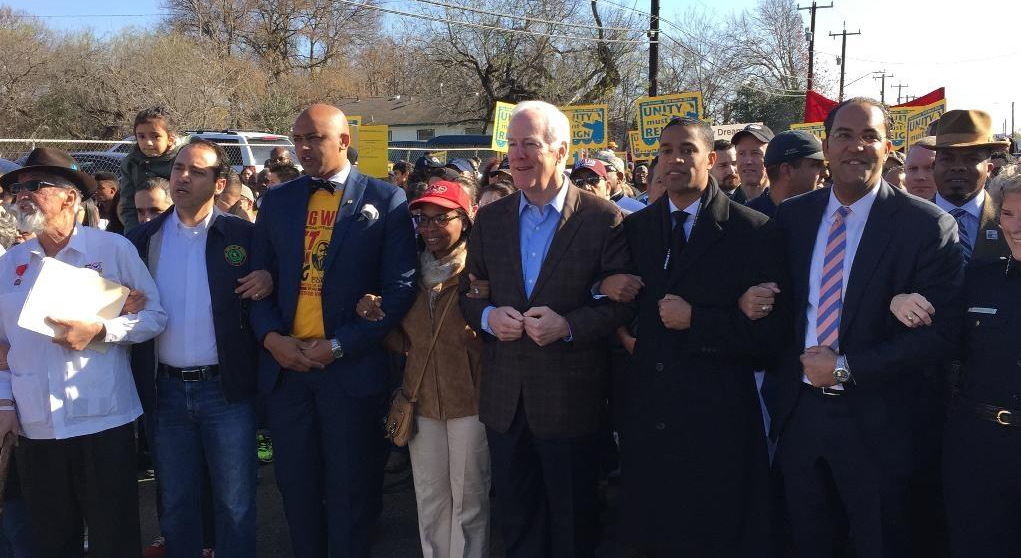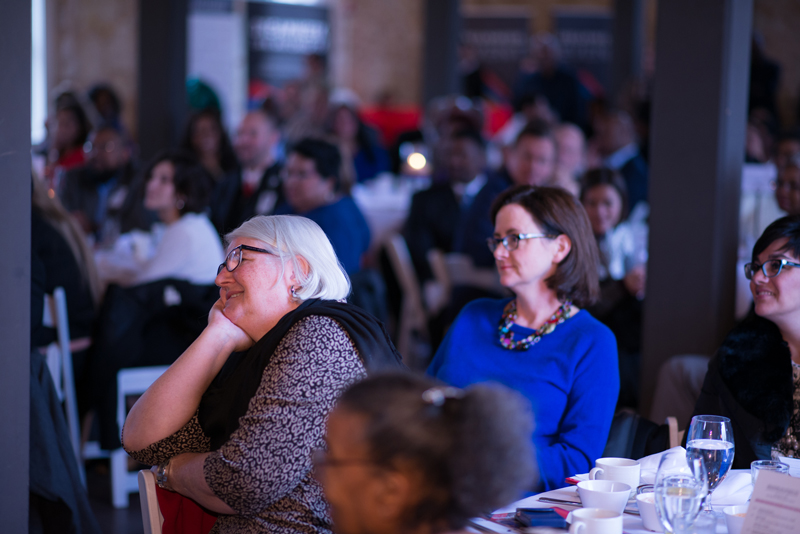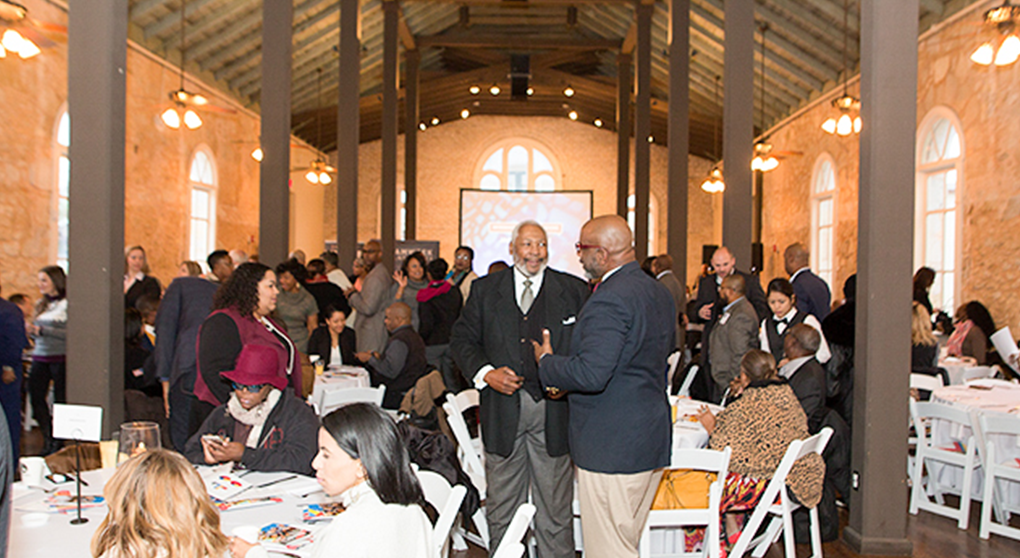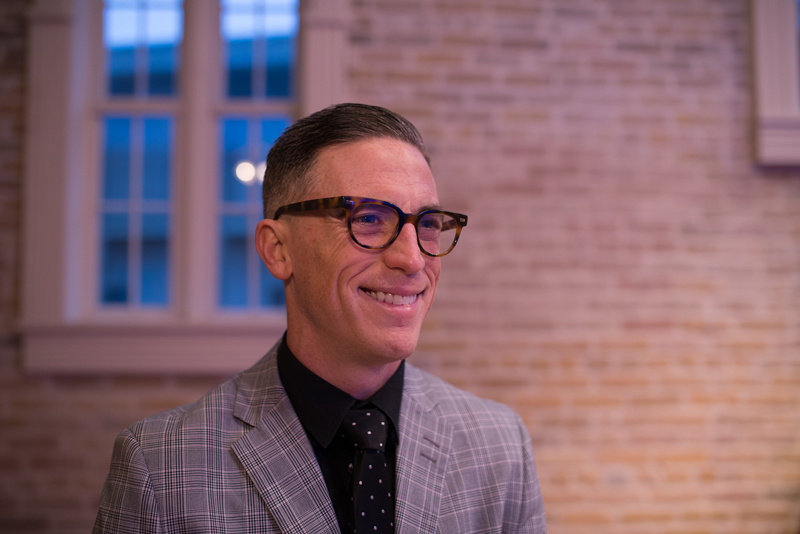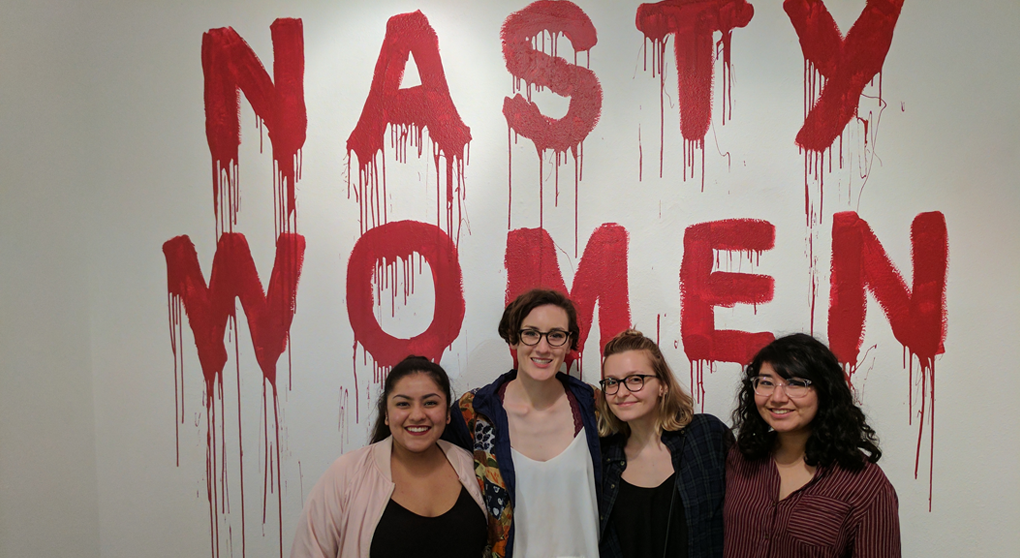
This past weekend the Southtown Art District’s Second Saturday event exhibited “Nasty Woman Art Exhibition” and “Portraits by Kasumu” in 1906 Gallery’s AP Art Lab. Contributing to San Antonio Dream Week, the exhibits displayed collections of diverse artworks created by female artists.
DreamWeek San Antonio hosted several cultural events over the weekend where people were encouraged to engage in the arts for the promotion of values such as tolerance, equality and diversity. While connected to DreamWeek, each collection shown during Second Saturday had planning and organization by independent San Antonio groups.
“Nasty Woman New York was the original nasty woman show,” said Elle Minter, Yes, Ma’am organizer and nasty woman. “They had us on their website and they promoted our show.”
Minter worked alongside fellow Yes, Ma’am zine collaborator Suzy Gonzalez to host the San Antonio exhibit where featured art pieces were sold between $10-$100 with all proceeds donated directly to Planned Parenthood South Texas. Over 150 pieces were reportedly sold on the opening night raising 3500 dollars for the organization.
“We did our call submissions through Instagram, Facebook and Twitter,” said Minter. “We have a lot of first time artists in the show actually.”
The call encouraged anyone who identified as a nasty woman to submit their artistic work, stating on the Yes, Ma’am Facebook page that any piece following the posted guidelines would be featured.
“I do art for myself normally,” said Lucy Gonzalez, artist and nasty woman. “This is the first show I’ve ever been in, but when I heard the topic and that you pretty much just had to be involved in wanting to participate to participate, that was really awesome knowing that whatever I chose to do they were going to put it in their show. That was very encouraging for me as an artist that doesn’t do shows.”
One of the two works submitted by Gonzalez was a depiction of Princess Leia done on wood.
“There were a lot of celebrity deaths that made me a little sad last year, but that was the one,” said Gonzales. “I made it shortly after that happened. I’ve always admired Princess Leia slash Carrie Fisher. Of course she’s been good in other roles, but I mean Leia is the nasty woman. A strong woman who doesn’t need to listen to a man, that can think on her own, and get shit done.”
People lined against the walls to the exhibit’s entrance for most of the night while they waited for their opportunity to walk through the gallery featuring fewer and fewer pieces as they were sold during the show. The S.M.A.R.T projectspace located to the right of the Nasty Woman exhibit featured photographic portraits taken by the London based British-Nigerian photographer Juliana Kasumu.
“I think the exhibit was literally just the works that I felt most inspired by to this day,” said Kasumu. “The hair images are all basically based on this investigation into self, and me being Nigerian and moreover what these hairstyles traditionally meant pre-colonialism and postcolonialism. I wanted to show work that was reflective of who I am. They’re all just a reflection of who I am as an artist today.”
Kasumu sought to engage viewers in the nuances of black-female identities. Her work was represented by the Òlàjú art group.
“We’re a nonprofit organization promoting contemporary African arts and culture,” said Obafemi Ogunleye, founder and director of the group. “We put out an open call on our Instagram and she responded all the way from London. This special event was an exhibition plus a live demonstration. We had models coming in throughout the night to be photographed portraiture style, which is her speciality.”
Kasumu captured her unique tonal mood in the portraits of the volunteers who modeled inside of the exhibit throughout the evening.
“These women are based here in San Antonio,” Kasumu said. “They’re notable black women within San Antonio who are professors, entrepreneurs and women of inspiration. I want it to be a continuous thing where with every city I go to I document these notable black women.”
Kasumu has a temporary exhibit on display at Musical Bridges Around the World titled “From Moussor to Tignon: The Evolution of the Head-tie” until March 1.
Nasty Woman San Antonio will hold its final closing reception on January 21, in 1906 Gallery.


